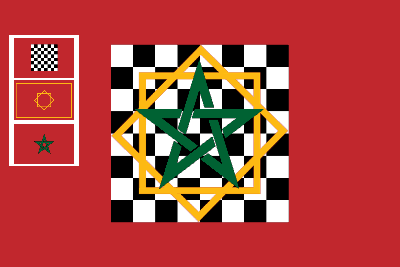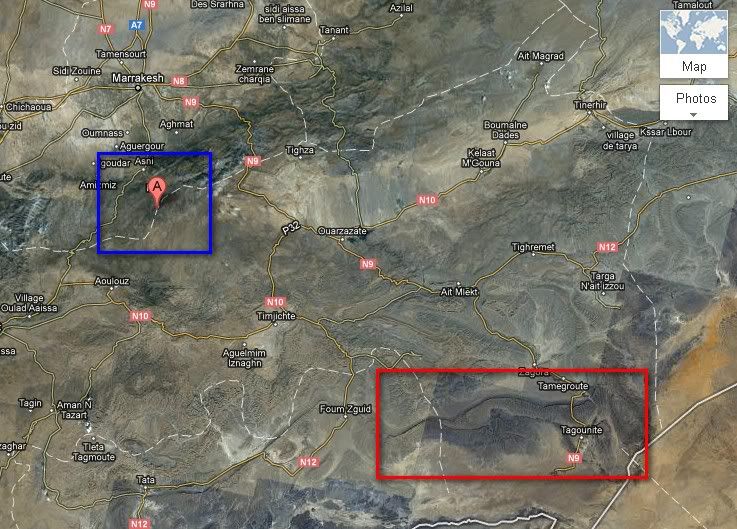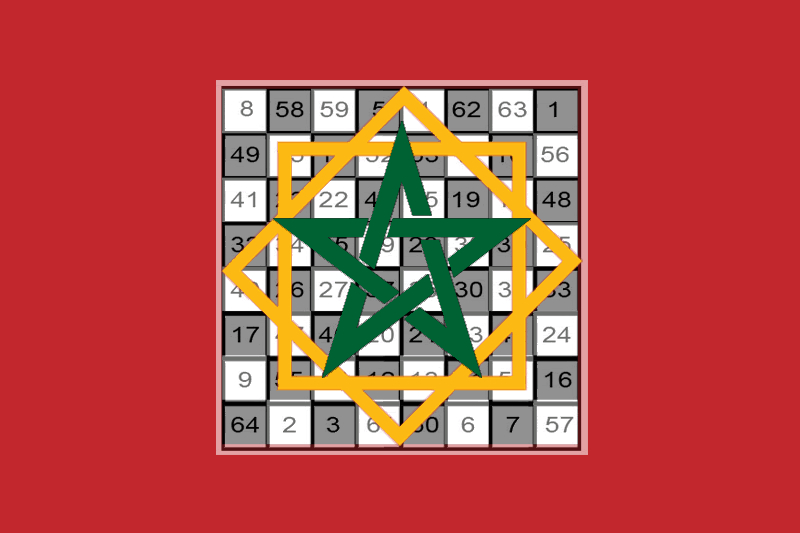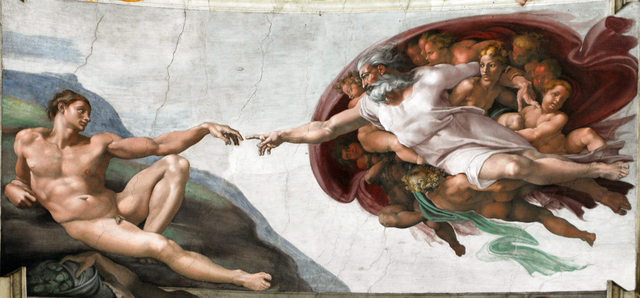
The Abydos Helicopter & The Golden Section
At Abydos, in the ancient temple built by Seti I, and his son Ramses II, on a heavy stone slab supporting the ceiling are hieroglyphical writings, which are illustrated by a most eye catching, and thought provoking scene - an array of four futuristic craft.
dIf this were modern art, we would have no doubt that it clearly shows a helicopter next to a stacked formation of three harder to identify advanced craft. Disavowal stems strictly from the fact that this art is over 3,000 years old, and we know that there was no advanced technology and science in our misty past -
dIf this were modern art, we would have no doubt that it clearly shows a helicopter next to a stacked formation of three harder to identify advanced craft. Disavowal stems strictly from the fact that this art is over 3,000 years old, and we know that there was no advanced technology and science in our misty past -
Menmaatre Seti I (also called Sethos I after the Greeks) was a Pharaoh of Ancient Egypt (Nineteenth dynasty of Egypt), the son of Ramesses I and Queen Sitre, and the father of Ramesses II. As with all dates in Ancient Egypt, the actual dates of his reign are unclear, and various historians claim different dates, with 1294 BC – 1279 BC[4] and 1290 BC to 1279 BC[5] being the most commonly used by scholars today.
The name Seti means "of Set", which indicates that he was consecrated to the god Set (commonly "Seth"). As with most Pharaohs, Seti had several names. Upon his ascension, he took the prenomen mn-m3‘t-r‘, which translates as Menmaatre in Egyptian,which means " Eternal is the Justice of Re."[1] His better known nomen, or birth name is technically transliterated as sty mry-n-ptḥ, or Sety Merenptah, meaning "Man of Set, beloved of Ptah". Manetho incorrectly considered him to be the founder of the 19th dynasty.
The name Seti means "of Set", which indicates that he was consecrated to the god Set (commonly "Seth"). As with most Pharaohs, Seti had several names. Upon his ascension, he took the prenomen mn-m3‘t-r‘, which translates as Menmaatre in Egyptian,which means " Eternal is the Justice of Re."[1] His better known nomen, or birth name is technically transliterated as sty mry-n-ptḥ, or Sety Merenptah, meaning "Man of Set, beloved of Ptah". Manetho incorrectly considered him to be the founder of the 19th dynasty.
Pharaoh
Ramses II (Berber: Ramsis Wiss 2) , according to L. Balout, C. Roubet and C. Desroches-Noblecourt, study titled 'La Momie de Ramsès II: Contribution Scientifique à l'Égyptologie (1985).' Balout and Roubet concluded that "the anthropological study and the microscopic analysis" of the pharaoh's hair showed that Ramses II was "a fair-skinned man related to the Prehistoric and Antiquity Mediterranean peoples, or briefly, of the Berbers of Africa."
Shoshenq I (Berber: Cicnaq), Egyptian Pharaoh of Libyan origin, founder of the Twenty-second dynasty of Egypt
[edit]Kings of Numidia
Masinissa (Berber: Masnsen), King of Numidia, North Africa, present day Algeria and Tunisia
Jugurtha (Berber: Yugerten), King of Numidia
Juba II (Berber: Yuba Wiss 2), King of Numidia
[edit]Roman Emperors and Generals
Macrinus, Roman emperor for 14 months in 217 and 218
Clodius Albinus, governor of Britannia
Lusius Quietus, governor of Judaea and one of the best Trajan's chief generals
Quintus Lollius Urbicus, governor of Britannia from 138 to 144
Septimius Severus, Roman emperor from 193 to 211
[edit]Writers
Terence (Berber: Tirines), (Publius Terentius Afer), Roman writer
Apuleius (Berber: Afulay), Roman writer ("half-Numidian, half-Gaetulian")
Priscian , Latin grammarian of the 5th Century, born in modern Algeria
[edit]Christians
Saint Augustine of Hippo, from Tagaste, was Amazigh
Saint Monica of Hippo, Saint Augustine's mother
Arius, who proposed the doctrine of Arianism
Donatus Magnus, leader of the Donatist schism
[edit]Others
Tacfarinas (Berber: Takfarin, Takfarinas), who fought the Romans in the Aures Mountains
Firmus, who fought the Romans Between 372 and 375
Gildo (Berber: Gildu, Gellid), who fought the Romans in 398
[edit]In medieval times
Adrian of Canterbury, Abbot of St Augustine's Abbey in Canterbury
Dihya or al-Kahina
Aksil or Kusayla
Salih ibn Tarif of the Berghouata
Tariq ibn Ziyad, one of the leaders of the Moorish conquest of Iberia in 711.
Ibn Tumart, founder of the Almohad dynasty
Yusuf ibn Tashfin, founder of the Almoravid dynasty
Ibn Battuta (1304–1377), Moroccan traveller and explorer
al-Ajurrumi (famous grammarian of Arabic)
Fodhil al-Warthilani, traveler and religious scholar of the 18th century
Abu Yaqub Yusuf I, who had the Giralda in Seville built.
Abu Yaqub Yusuf II, who had the Torre del Oro in Seville built.
Ziri ibn Manad founder of the Zirid dynasty
Sidi Mahrez Tunisian saint
Ibn Al jهzzar famous doctor of Kairouan, 980.
Muhammad Awzal (ca. 1680–1749), prolific Sous Berber poet (see also Ocean of Tears)
Muhammad al-Jazuli, author of the Dala'il al-Khairat, Sufi
Imam Buseiri, poet and author of the famous poem Qasida Burda – lived in Alexandria
[edit]
Ramses II (Berber: Ramsis Wiss 2) , according to L. Balout, C. Roubet and C. Desroches-Noblecourt, study titled 'La Momie de Ramsès II: Contribution Scientifique à l'Égyptologie (1985).' Balout and Roubet concluded that "the anthropological study and the microscopic analysis" of the pharaoh's hair showed that Ramses II was "a fair-skinned man related to the Prehistoric and Antiquity Mediterranean peoples, or briefly, of the Berbers of Africa."
Shoshenq I (Berber: Cicnaq), Egyptian Pharaoh of Libyan origin, founder of the Twenty-second dynasty of Egypt
[edit]Kings of Numidia
Masinissa (Berber: Masnsen), King of Numidia, North Africa, present day Algeria and Tunisia
Jugurtha (Berber: Yugerten), King of Numidia
Juba II (Berber: Yuba Wiss 2), King of Numidia
[edit]Roman Emperors and Generals
Macrinus, Roman emperor for 14 months in 217 and 218
Clodius Albinus, governor of Britannia
Lusius Quietus, governor of Judaea and one of the best Trajan's chief generals
Quintus Lollius Urbicus, governor of Britannia from 138 to 144
Septimius Severus, Roman emperor from 193 to 211
[edit]Writers
Terence (Berber: Tirines), (Publius Terentius Afer), Roman writer
Apuleius (Berber: Afulay), Roman writer ("half-Numidian, half-Gaetulian")
Priscian , Latin grammarian of the 5th Century, born in modern Algeria
[edit]Christians
Saint Augustine of Hippo, from Tagaste, was Amazigh
Saint Monica of Hippo, Saint Augustine's mother
Arius, who proposed the doctrine of Arianism
Donatus Magnus, leader of the Donatist schism
[edit]Others
Tacfarinas (Berber: Takfarin, Takfarinas), who fought the Romans in the Aures Mountains
Firmus, who fought the Romans Between 372 and 375
Gildo (Berber: Gildu, Gellid), who fought the Romans in 398
[edit]In medieval times
Adrian of Canterbury, Abbot of St Augustine's Abbey in Canterbury
Dihya or al-Kahina
Aksil or Kusayla
Salih ibn Tarif of the Berghouata
Tariq ibn Ziyad, one of the leaders of the Moorish conquest of Iberia in 711.
Ibn Tumart, founder of the Almohad dynasty
Yusuf ibn Tashfin, founder of the Almoravid dynasty
Ibn Battuta (1304–1377), Moroccan traveller and explorer
al-Ajurrumi (famous grammarian of Arabic)
Fodhil al-Warthilani, traveler and religious scholar of the 18th century
Abu Yaqub Yusuf I, who had the Giralda in Seville built.
Abu Yaqub Yusuf II, who had the Torre del Oro in Seville built.
Ziri ibn Manad founder of the Zirid dynasty
Sidi Mahrez Tunisian saint
Ibn Al jهzzar famous doctor of Kairouan, 980.
Muhammad Awzal (ca. 1680–1749), prolific Sous Berber poet (see also Ocean of Tears)
Muhammad al-Jazuli, author of the Dala'il al-Khairat, Sufi
Imam Buseiri, poet and author of the famous poem Qasida Burda – lived in Alexandria
[edit]


























 )
)





Comment